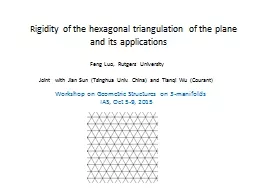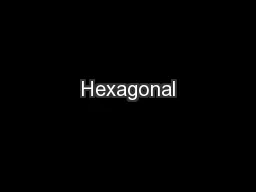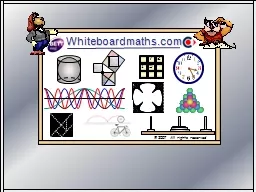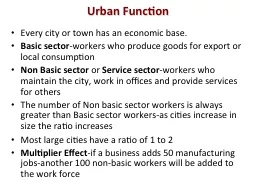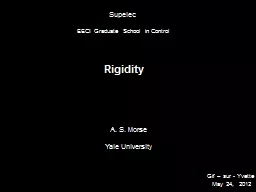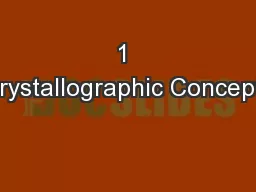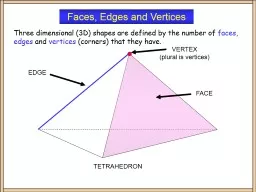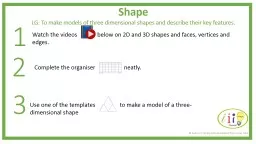PPT-Rigidity of the hexagonal
Author : calandra-battersby | Published Date : 2017-05-02
triangulation of the plane and its applications Feng Luo Rutgers University Joint with Jian Sun Tsinghua Univ China and Tianqi Wu Courant Workshop on Geometric
Presentation Embed Code
Download Presentation
Download Presentation The PPT/PDF document "Rigidity of the hexagonal" is the property of its rightful owner. Permission is granted to download and print the materials on this website for personal, non-commercial use only, and to display it on your personal computer provided you do not modify the materials and that you retain all copyright notices contained in the materials. By downloading content from our website, you accept the terms of this agreement.
Rigidity of the hexagonal: Transcript
Download Rules Of Document
"Rigidity of the hexagonal"The content belongs to its owner. You may download and print it for personal use, without modification, and keep all copyright notices. By downloading, you agree to these terms.
Related Documents

